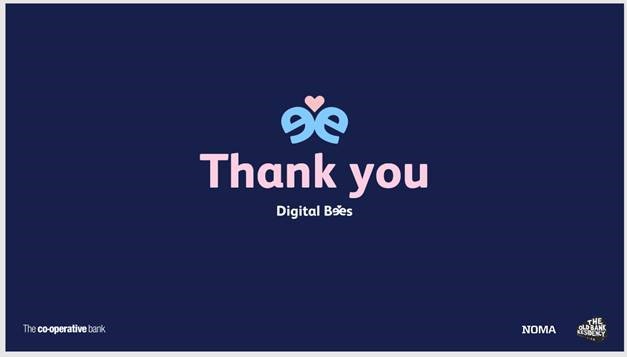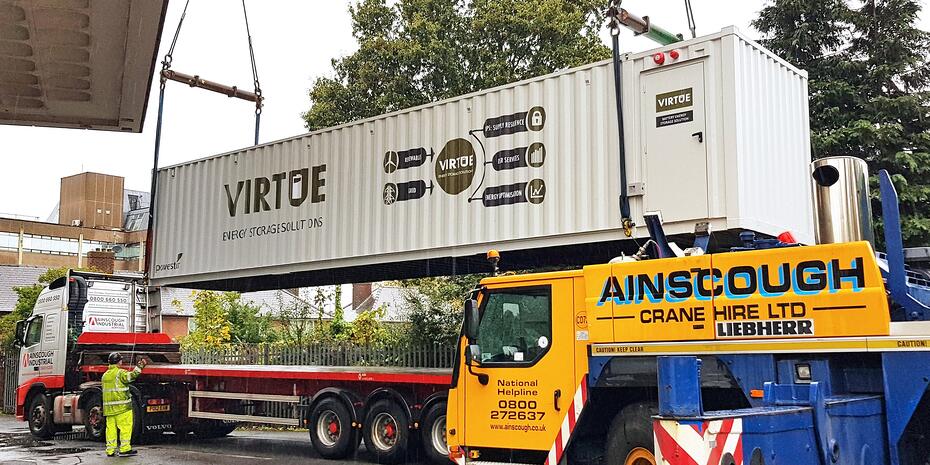
Below are four steps to follow when organising and facilitating your own workshops to set them up for success.
1. A clear objective for the workshop
The main objective can vary, as it can be as much about creating an experience and shared purpose for collaboration as it can be about solving a problem.
Sometimes it can be challenging to determine one objective everyone agrees on. In these cases, the outcome of the workshop can simply be having a clear list of aims and objectives to prioritise and focus on.
2. A well-considered workshop structure
When creating the layout we always ask the question: What’s the objective and who will be participating?
Knowing these two things is crucial for how you make your layout.
What’s the objective?
Workshops are structured around solving a problem, for which it’s easy to think of one single solution. By using different exercises and tools we break large problems into manageable chunks, allowing us to showcase different solutions.
No matter how it is structured, the result should always align with the objective.
Who is participating?
We have a collection of exercises we choose from, which we then tailor to the individual client to shape the best outcome for them. This way we can give a themed slant to engage with participants throughout the workshop.
When shaping the exercises we need to look at the individual exercise value and which brings the most value in the shortest amount of time.
For example, we created a new style of a ‘need’ canvas. The workshop aimed to highlight unique selling points, so we had participants create a business dating profile. This was a creative exercise to highlight their unique selling points as a business, and how they meet their customer needs.

3. Making the most of the workshop setting (online/in-person)
When work-from-home became the norm, the skill-set of workshop facilitation transitioned with it. Although formats are similar, the experience is often completely different.
Workshopping in-person allows you, as the facilitator, to have additional influence on the setting. You can use the effect moving around has on cognitive processes to your advantage in creating a unique and memorable experience. That being said, we have found online workshopping to carry many benefits with it too.
How have we adapted online?
To compensate for being online, we put etiquette in place so you can have an experience and take digital forms into account. This includes having your camera on when to use your microphone and an introduction to any programs you might be using.
We have found you have to be more intentional with how you structure each exercise when running remote workshops. If people aren’t in a room together, how do you keep them more engaged?
We looked at how we can use online tools to our advantage, and how these tools enable us to create new experiences when workshopping online in comparison to workshopping in person.
We recently hosted the angels vs. demons exercise. To match the theme for visualisation purposes and ambience, the two teams created a background to match their theme of angels and demons.

4. Getting people ready
No matter what format you are workshopping in, it’s important as the facilitator to make sure everyone comes in with the same baseline of knowledge.
We share a top-level agenda with the client but are sure to not include a timing overview as there needs to be flexibility on changes throughout the workshop to ensure every exercise is bringing the best outcome.
We often send homework tasks before the workshop, to allow participants to make an impact on the process as well. Out of experience, preparation makes the workshop feel more connected between facilitators and participants.
Tying it all together
After preparing a workshop for the individual client and objective, it’s time to put the plan into action.
If properly prepared, this is where it should all come together. As the facilitator, it’s important to remain flexible, and adapt as necessary.
Remember: Workshops should always be brought back to the main objective.
. . .
Want to learn more about how we can facilitate a design sprint or a day zero workshop for your next initiative?








